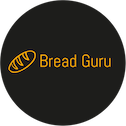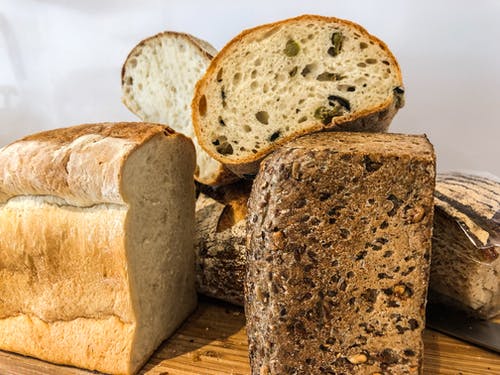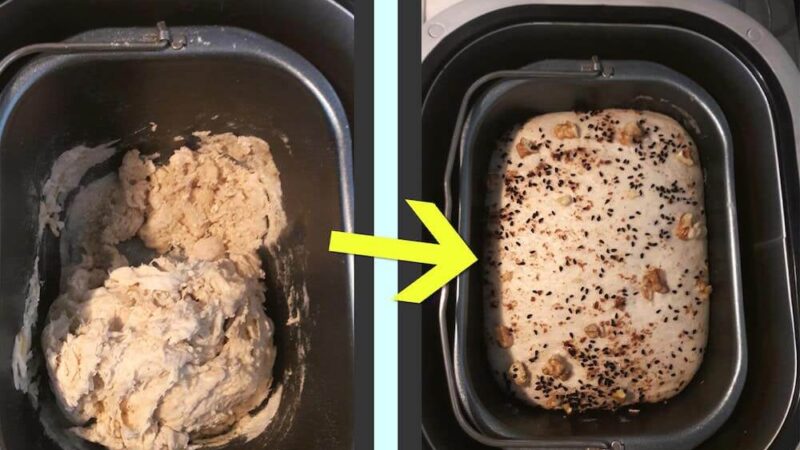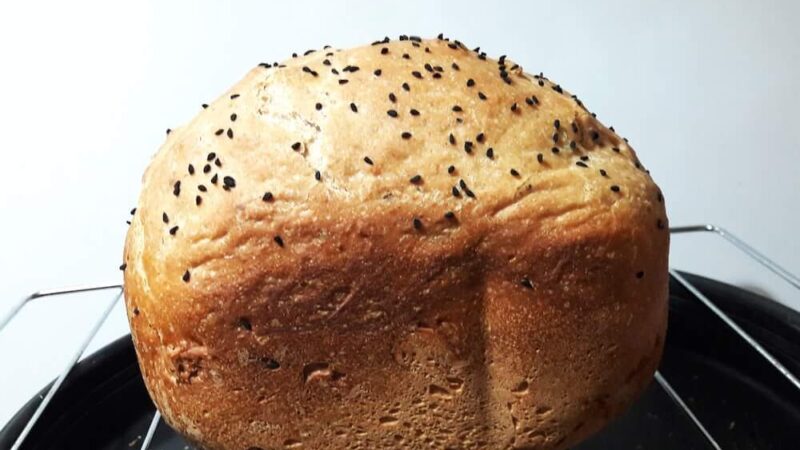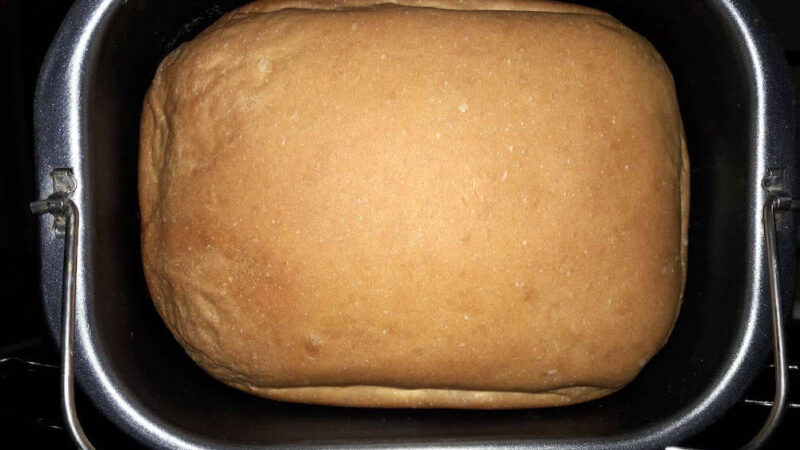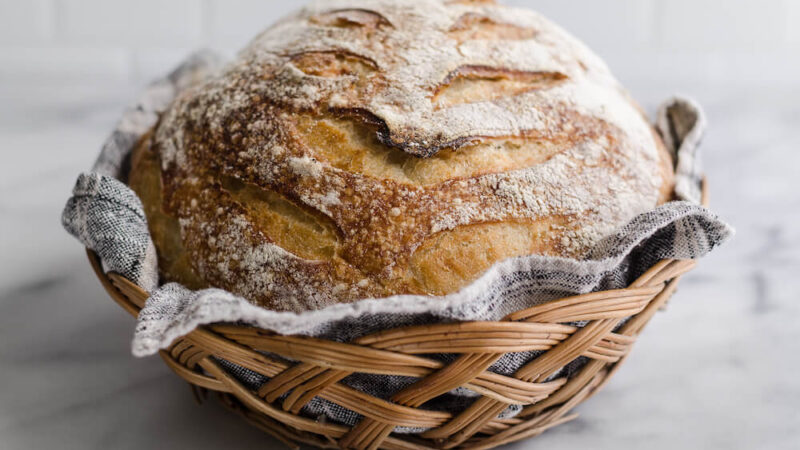Ancient Bread-Making Methods – Apply Them Easily
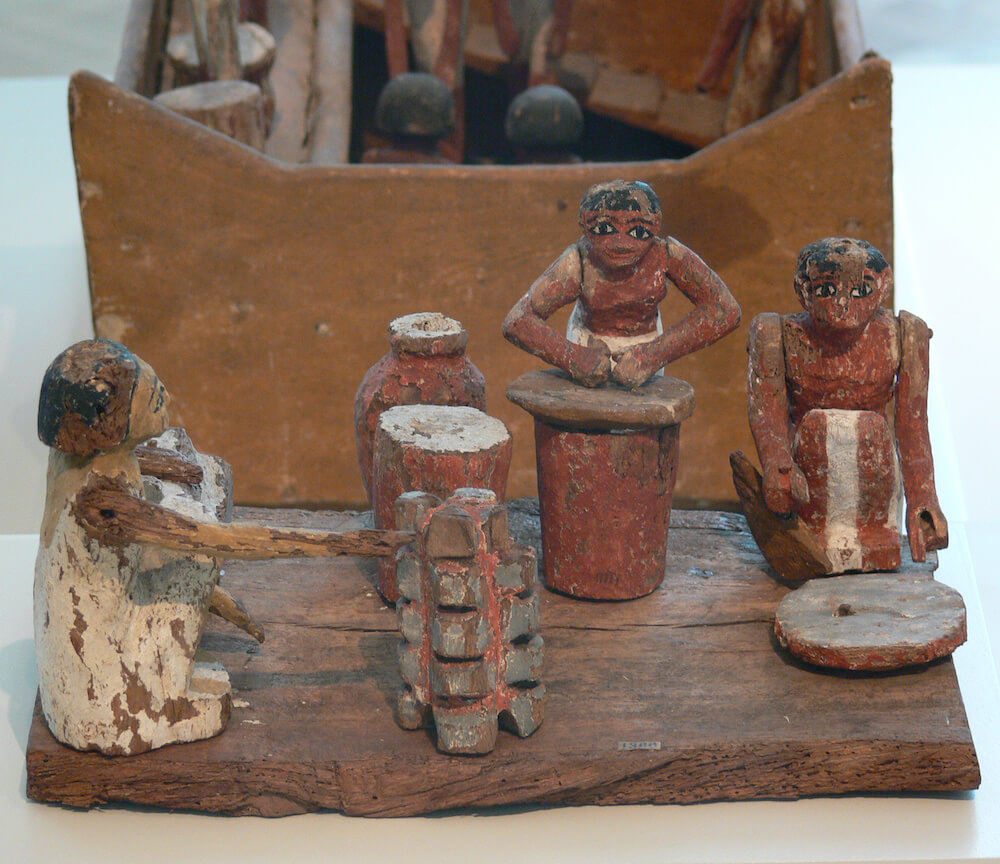
Want to make bread? Do it the ancient way…
There is nothing quite like serving food in the style it would have been served thousands of years ago. Aside from a perfect conversation-starter, there is a sense of ‘passing on the baton’, continuing the great traditions of past generations. So what ancient techniques could you consider incorporating into your bread-making?
GOING AGAINST THE GRAIN
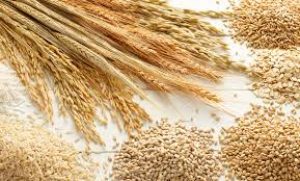
Consider switching up the flour you use. The Ancient Egyptians incorporated a wheat called ‘emmer’ – which has recently received a lot of attention for the health benefits it offers. Emmer has been noted for its low-gluten and high-fibre content. For the Ancient Egyptians, the emmer grain was also a good source of minerals. Emmer flour is now available from many organic health-food stores, and there is no shortage of emmer-bread recipes online. The bread it produces has a distinct nutty taste and carries off an attractive caramel color. To make your Emmer bread even more in keeping with the Ancient Egyptians, you could shape it in the triangular-style that was customary for the time.
COME WINE WITH ME

The Ancient Greeks had a form of ‘ritual bread called ‘psadista’, which was served as an offering to the Gods. A unique ingredient to this type of bread was wine. By adding a dry, red wine to the mix, you can give your loaves a beautiful, almost-purple hue. Alternatively, white wine can be added to a sour-dough mix for a unique twist. Generally-speaking, breads made using the biga method of bread-making work well with the addition of wine. Just remember that wine can affect the proofing process so be sure to follow a tried-and-tested recipe!
DAIRY TO BE DIFFERENT
In Ancient Rome, bread-makers were highly-respected – and today’s archaeologists have found evidence of actual Roman bakeries! There were breads produced for occasions of all kind. To produce a rich, softer and fluffier bread, the Romans would incorporate milk in the cooking process. You can produce your own milk bread very easily. The most common method involves boiling the milk before beating in the yeast and then slowly adding the other ingredients. However, variations and even more complex methods can be found on our blog @Recipes.
UP IN FLAMES
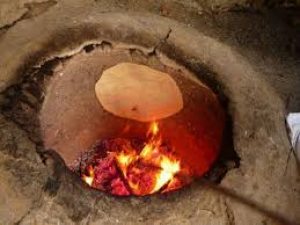
Think the only thing worth cooking on an open fire is marshmallows on a stick? Think again. The Ancient Israelites used clay ovens called tannurs, in which the bread dough was placed on the inside wall of the oven and left to roast on the open flame. The end result was a crispy golden bun with a crunchy, fractured exterior. You can achieve a similar result by twisting your dough mixture (pizza dough works best!) on a wooden stick and placing it over your barbecue until cooked completely. There is actually a whole movement online dedicated to cooking on an open fire. You can find techniques, Youtube instruction videos and even whole recipe books.
It’s believed that the history of bread-making dates back 30,000 years. So next time you’re serving bread, don’t forget there’s a wealth of history from which to draw inspiration.
